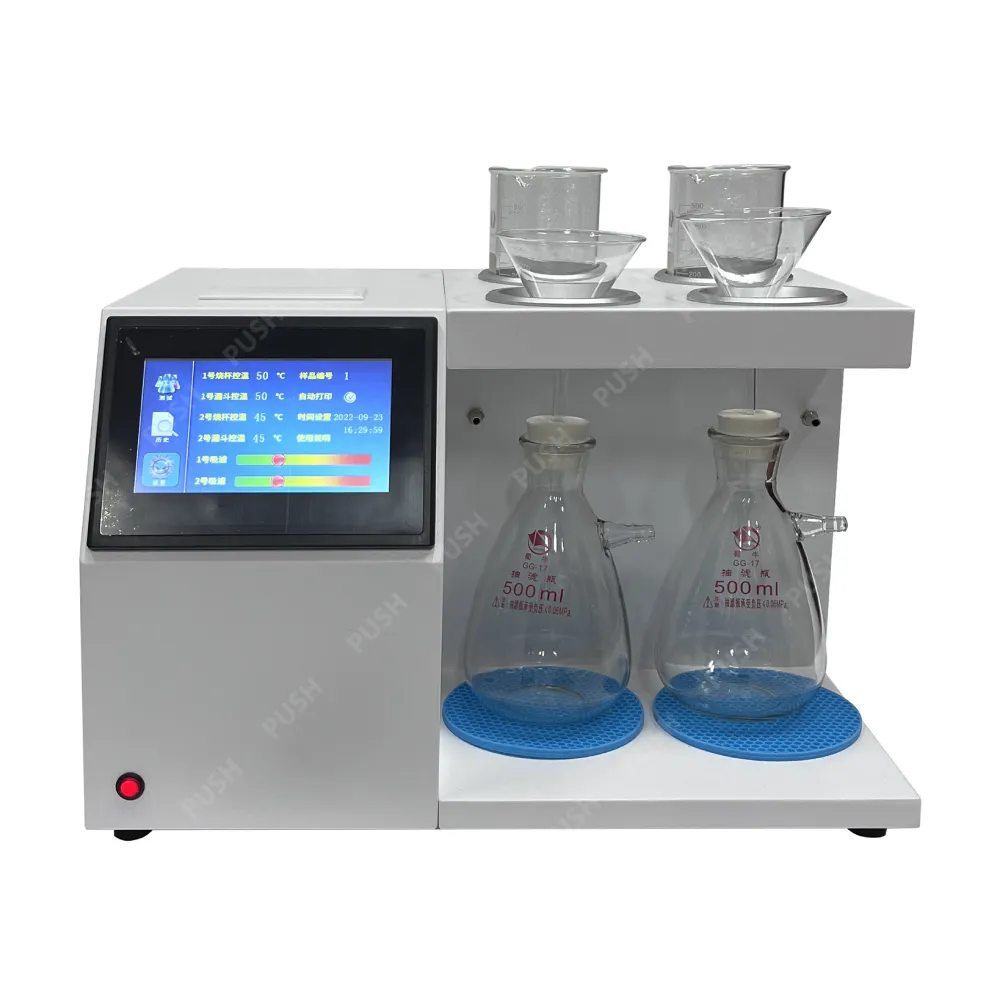 English
English



-
 Afrikaans
Afrikaans -
 Albanian
Albanian -
 Amharic
Amharic -
 Arabic
Arabic -
 Armenian
Armenian -
 Azerbaijani
Azerbaijani -
 Basque
Basque -
 Belarusian
Belarusian -
 Bengali
Bengali -
 Bosnian
Bosnian -
 Bulgarian
Bulgarian -
 Catalan
Catalan -
 Cebuano
Cebuano -
 China
China -
 China (Taiwan)
China (Taiwan) -
 Corsican
Corsican -
 Croatian
Croatian -
 Czech
Czech -
 Danish
Danish -
 Dutch
Dutch -
 English
English -
 Esperanto
Esperanto -
 Estonian
Estonian -
 Finnish
Finnish -
 French
French -
 Frisian
Frisian -
 Galician
Galician -
 Georgian
Georgian -
 German
German -
 Greek
Greek -
 Gujarati
Gujarati -
 Haitian Creole
Haitian Creole -
 hausa
hausa -
 hawaiian
hawaiian -
 Hebrew
Hebrew -
 Hindi
Hindi -
 Miao
Miao -
 Hungarian
Hungarian -
 Icelandic
Icelandic -
 igbo
igbo -
 Indonesian
Indonesian -
 irish
irish -
 Italian
Italian -
 Japanese
Japanese -
 Javanese
Javanese -
 Kannada
Kannada -
 kazakh
kazakh -
 Khmer
Khmer -
 Rwandese
Rwandese -
 Korean
Korean -
 Kurdish
Kurdish -
 Kyrgyz
Kyrgyz -
 Lao
Lao -
 Latin
Latin -
 Latvian
Latvian -
 Lithuanian
Lithuanian -
 Luxembourgish
Luxembourgish -
 Macedonian
Macedonian -
 Malgashi
Malgashi -
 Malay
Malay -
 Malayalam
Malayalam -
 Maltese
Maltese -
 Maori
Maori -
 Marathi
Marathi -
 Mongolian
Mongolian -
 Myanmar
Myanmar -
 Nepali
Nepali -
 Norwegian
Norwegian -
 Norwegian
Norwegian -
 Occitan
Occitan -
 Pashto
Pashto -
 Persian
Persian -
 Polish
Polish -
 Portuguese
Portuguese -
 Punjabi
Punjabi -
 Romanian
Romanian -
 Russian
Russian -
 Samoan
Samoan -
 Scottish Gaelic
Scottish Gaelic -
 Serbian
Serbian -
 Sesotho
Sesotho -
 Shona
Shona -
 Sindhi
Sindhi -
 Sinhala
Sinhala -
 Slovak
Slovak -
 Slovenian
Slovenian -
 Somali
Somali -
 Spanish
Spanish -
 Sundanese
Sundanese -
 Swahili
Swahili -
 Swedish
Swedish -
 Tagalog
Tagalog -
 Tajik
Tajik -
 Tamil
Tamil -
 Tatar
Tatar -
 Telugu
Telugu -
 Thai
Thai -
 Turkish
Turkish -
 Turkmen
Turkmen -
 Ukrainian
Ukrainian -
 Urdu
Urdu -
 Uighur
Uighur -
 Uzbek
Uzbek -
 Vietnamese
Vietnamese -
 Welsh
Welsh -
 Bantu
Bantu -
 Yiddish
Yiddish -
 Yoruba
Yoruba -
 Zulu
Zulu
Impulse Testing Methods for Power Transformers in Lightning Simulation Applications
Lightning Impulse Test in Power Transformers
Power transformers are critical components in electrical power systems, responsible for stepping up or down voltages to ensure efficient transmission and distribution of electricity. Due to their operation in high-voltage environments, these transformers are susceptible to various electrical stresses, including lightning-induced surges. To ensure their reliability and longevity, power transformers undergo rigorous testing, one of which is the Lightning Impulse Test.
Understanding Lightning Impulse
Lightning impulse refers to high-voltage transients caused by lightning strikes or other electrical disturbances, characterized by their rapid rise and fall times. The standard lightning impulse waveform is defined by a rise time of approximately 1.2 microseconds and a fall time of about 50 microseconds. This type of surge can lead to insulation breakdown and compromise the operational integrity of power transformers, making it paramount for these devices to withstand such transients.
The Importance of Lightning Impulse Testing
Conducting a Lightning Impulse Test is crucial for verifying the insulation strength and overall performance of power transformers. The test helps in identifying any weaknesses in the transformer’s insulation system that could fail under extreme conditions. Additionally, it ensures compliance with industry standards and regulatory requirements, thereby enhancing safety and reliability in power delivery systems.
The primary objectives of the Lightning Impulse Test include
1. Insulation Assessment The test evaluates the ability of the transformer’s insulation to withstand high-voltage impulses, which is critical in preventing failure during operation.
2. Quality Assurance It serves as a quality control measure during the manufacturing process, ensuring that any defects or weaknesses are identified before the transformer is put into service.
lightning impulse test in power transformer

Test Procedure
The Lightning Impulse Test is conducted in a controlled environment. The following steps typically outline the procedure
1. Preparation The power transformer is disconnected from all power sources and connected to the impulse generator. Safety precautions are taken to protect personnel and equipment.
2. Impulse Generation The impulse generator creates a high-voltage transient, which is applied to the transformer’s bushings, terminals, or other critical points in the insulation system.
3. Measurement and Monitoring During the test, the voltage and current responses of the transformer are closely monitored. Specialized equipment records the waveforms, helping engineers analyze the performance of the insulation.
4. Analysis of Results After the test, engineers examine the data collected to determine whether the transformer successfully withstood the applied impulse. Any signs of insulation failure, such as partial discharges or breakdowns, are carefully evaluated.
5. Reporting A detailed report is compiled, summarizing the test conditions, results, and any recommendations for improvements or remedial actions if necessary.
Conclusion
The Lightning Impulse Test plays an integral role in the life cycle of power transformers. By simulating lightning strikes and testing the transformers' capacity to withstand such high-voltage transients, manufacturers can create safer, more reliable systems for electrical power distribution. As our reliance on electricity continues to grow, ensuring the performance of power transformers through rigorous testing becomes increasingly vital. This proactive approach not only protects critical infrastructure but also enhances the reliability of electrical networks, ultimately benefiting consumers and industries alike. With ongoing advances in testing technology, the industry can look forward to further improvements in the resilience and performance of power transformers, maintaining the integrity of our electrical grid against the unpredictable nature of lightning and other electrical stresses.
-
Testing Equipment Industry Sees Major Advancements in 2025: Smart & Precision Technologies Lead the WayNewsJun.06,2025
-
Applications of Direct Current Generators in Renewable Energy SystemsNewsJun.05,2025
-
Hipot Tester Calibration and Accuracy GuidelinesNewsJun.05,2025
-
Digital Circuit Breaker Analyzer Features and BenefitsNewsJun.05,2025
-
Benefits of Real-Time Power Quality Monitoring Devices for Industrial EfficiencyNewsJun.05,2025
-
Earth Fault Loop Testing in High-Rise Building Electrical SystemsNewsJun.05,2025



